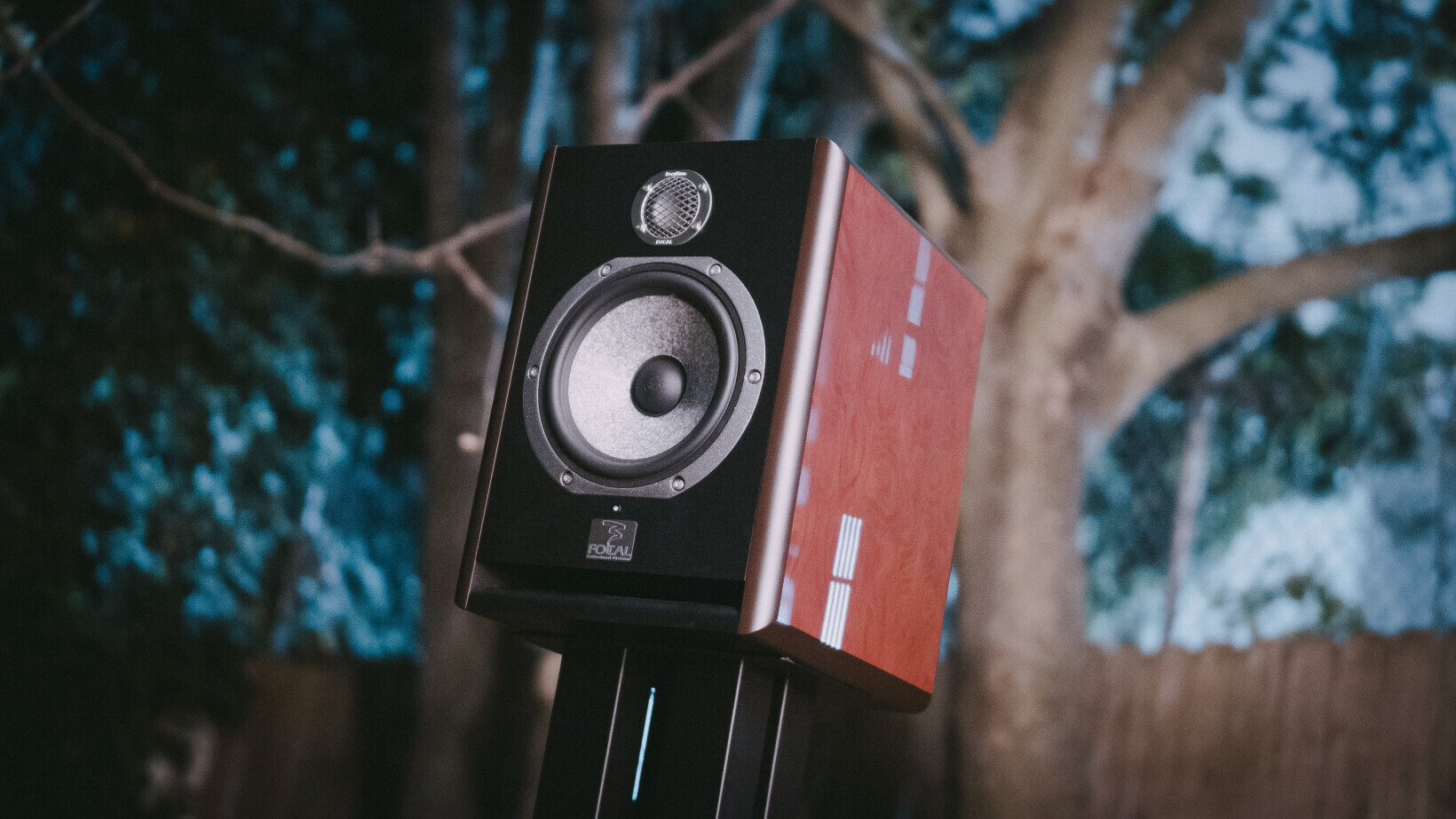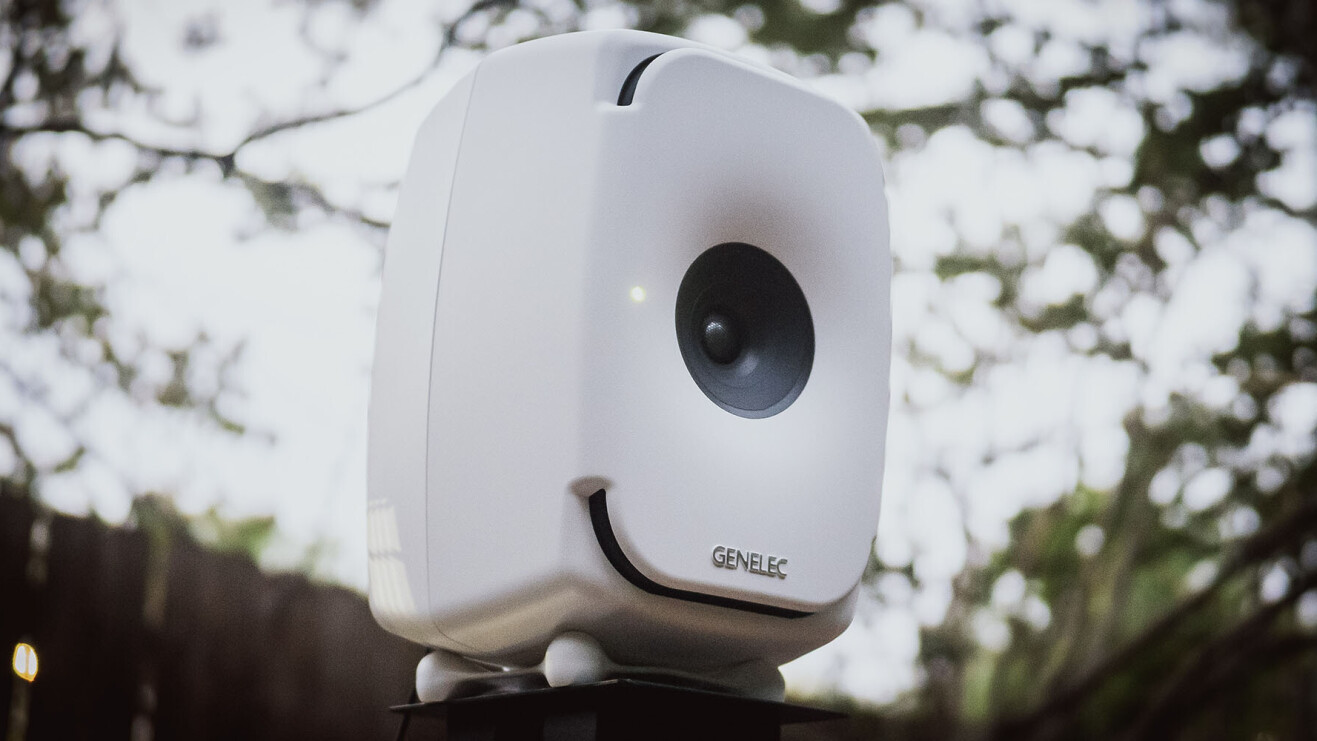All Articles for
Studio Monitors
Studio monitors are loudspeakers specifically designed for audio production applications, such as recording studios, filmmaking, television studios, radio studios and most recently project or home studios, where accurate audio reproduction is crucial, whereas reference monitors are loudspeakers generally used to gauge what a recording will sound like on consumer-grade speakers. Among audio engineers, the term monitor usually implies that the speaker is designed to produce relatively flat (linear) phase and frequency responses. In other words, it exhibits minimal emphasis or de-emphasis of particular frequencies, the loudspeaker gives an accurate reproduction of the tonal qualities of the source audio ("uncolored" or "transparent" are synonyms), and there will be no relative phase shift of particular frequencies—meaning no distortion in sound-stage perspective for stereo recordings. Beyond stereo sound-stage requirements, a linear phase response helps impulse response remain true to source without encountering "smearing". An unqualified reference to a monitor often refers to a near-field (compact or close-field) design. This is a speaker small enough to sit on a stand or desk in proximity to the listener, so that most of the sound that the listener hears is coming directly from the speaker, rather than reflecting off of walls and ceilings (and thus picking up coloration and reverberation from the room). Also, studio monitors are made in a more physically robust manner than home hi-fi loudspeakers; whereas home hi-fi loudspeakers often only have to reproduce compressed commercial recordings, studio monitors have to cope with the high volumes and sudden sound bursts that may happen in the studio when playing back unmastered mixes.

